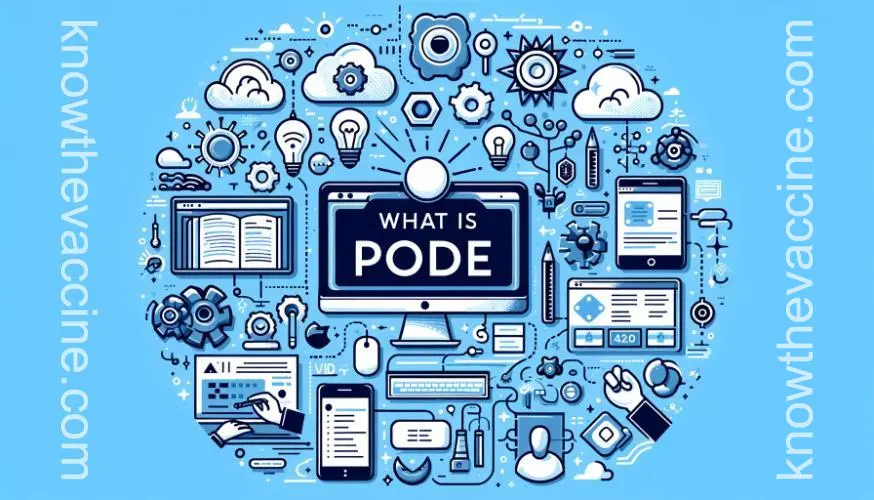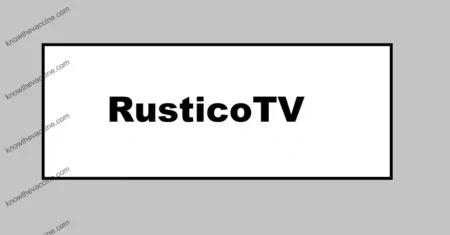
The Pode web framework became created by using Thomas Karsten and pursuits to offer a trustworthy way to construct net servers and services using the Powershell automation language. Just like other popular web frameworks like ASP.NET, Node.Js Express, or Ruby on Rails, Pode handles not unusual web improvement tasks for you so you can cognizance on your application logic.
It is completely open-source and available on GitHub beneath the MIT license. It is pass-platform which means it could run seamlessly on Windows, Linux, and MacOS. This lets in Powershell developers to create web applications which could run everywhere without difficulty.

Key Highlights
- Pode is a web framework for building web APIs and web apps using Powershell
- It is open-source, cross-platform, and can run on Windows, Linux, and macOS
- Pode aims to be lightweight, simple, and optimized for building and running RESTful web services
- Supports features like routing, ** middleware**, session handling, security and more
What is Pode?
Pode is an open-supply and pass-platform web framework written in Powershell that permits you to effortlessly create and run net APIs and applications. In this newsletter, we can cover what Pode is, its principal functions, and the way to get commenced with it.
Why Use Pode?
There are a few key reasons why developers may want to use the Pode web framework:
- Leverage Existing Powershell Skills: If you are already familiar with Powershell and use it for automation and configuration duties. It allows you to leverage those abilities to build net APIs and packages as well.
- Lightweight and Simple: It goals to offer a light-weight and easy way to fast prototype and deploy web offerings using minimal configuration.
- Focused on REST APIs: While it helps constructing full-stack internet programs, it is optimized first and primary for efficiently constructing RESTful net APIs.
- Cross-Platform Compatibility: Since is open-source and cross-platform, you can without problems deploy applications on any Powershell-supported platform, such as Windows, Linux, and MacOS.
- Actively Maintained: Pode is an energetic open-supply assignment with regular releases and an lively community on GitHub and Reddit presenting aid.
Key Features
Some of the important features supported by the Pode web framework include:
- Routing: It supports defining routes for HTTP requests similar to different frameworks the usage of route handlers.
- Middleware: Middleware may be used for commonplace duties like authentication, logging, and validation for pre- and publish-processing requests.
- Session Management: It has built-in aid for session storage using either an in-memory cache or a subsidized shop like Redis.
- Configuration: Configure the framework and endpoints programmatically or via configuration files.
- Error Handling: Custom and default error managing middleware lets in you to gracefully take care of and log errors.
- Data Serialization: Objects may be serialized to JSON and other codecs using functions like PowerShell Core modules.
Getting Started
To start using Pode, a effective framework for growing web servers and APIs, you first want to put in the Pode module. This may be carried out without difficulty thru PowerShell.
Install from PowerShell Gallery
To install Pode, open your PowerShell and enter the following command:
mathematicaCopy code
Install-Module -Name Pode
This command will download and install the Pode module from the PowerShell Gallery.
Creating a Basic Server
Once you have Pode installed, you can start setting up a basic HTTP server. Here’s how you can create a server with a single route:
sqlCopy code
using module Pode start-podeserver { add-podendpoint -address localhost -port 8080 -method get -endpoint '/hello' -scriptblock { return "Hello World!" } }
Accessing Your Server
Now, together with your server running, you could check it by using journeying http://localhost:8080/hey your web browser or the use of a device like curl. You have to get hold of a “Hello World!” reaction, indicating that your server is functioning successfully.
Other Examples
Some other common examples include:
- Building REST APIs with route parameters and JWT auth
- Serving static files from the wwwroot folder
- Using middleware like logging, validation, etc
- Session management with cache/redis backed stores
- Testing endpoints with Pode’s built-in test harness
Various code samples are available on GitHub to learn more advanced usage.
Other Usage Scenarios
Pode is great for making REST services, but it’s also a versatile web framework for various scenarios:
- Web Dashboards/Portals: Create full-stack web apps with routing, views, etc.
- Background Tasks: Webhooks can trigger long-running workflows
- Microservices: Build distributed cloud-based microservices architectures.
- IoT/Edge: Receive telemetry from sensors and trigger logic on edge/gateway devices.
- Prototyping: Rapidly prototype web UIs, CRUD apps, and serverless functions.
Being cross-platform, now lets you develop once and run everywhere.
Community and Support
The Pode project is very active with a welcoming community on GitHub and Reddit. Some helpful resources include:
- GitHub Repo: https://github.com/Badgerati/Pode
- Documentation: https://badgerati.github.io/Pode/
- Reddit: r/Pode
- Stack Overflow: Tagged “Pode Powershell”
- Issue Tracker: Raise issues/feature requests
The developer Thomas Karsten is also very responsive on GitHub and Reddit. Users regularly share code examples, and tutorials and help answer questions on these platforms.







